
What does the experience of running in a skyrace feel like? And how do you prepare for such demanding and technical events? In this two-part series, seasoned fell runner Keri Wallace dips a toe into this exciting discipline.
Skyrunning is defined as 'mountain running above 2000m over extremely technical trails'*. How do you train for this kind of extreme event and what does it feel like to run a skyrace?
I have been a fell runner for over a decade, enjoying running in the mountains all across the UK. Last year I decided to try something new; skyrunning. The Salomon Ring of Steall 2017 was my first skyrace and I caught the bug! This year I entered the longer Scafell Skyrace (SSR) and was able to put all that I have learned into practice…

Training for Skyrunning - The Basics
Terrain
I am a firm believer in terrain-specific training. And never is this more relevant than in skyrunning. If you are going to be racing on consequential and highly technical terrain, when your legs are tired and your brain a bit fuzzy, then you need to be super comfortable on this kind of ground. Sure footedness and efficient travel comes largely from familiarity and a high level of hill fitness. Building technical fell running and scrambling into your training regime will help prepare the body and mind. Eye-foot coordination is also paramount and there are plenty of drills out there that can help improve this (and these can easily be done at home). I use a wobble cushion/board for improving ankle strength and proprioception. Strong ankles are essential for running on uneven and mobile surfaces. It is all too easy to turn an ankle as you start to tire in a long mountain race, and this can spell the end of your race day.
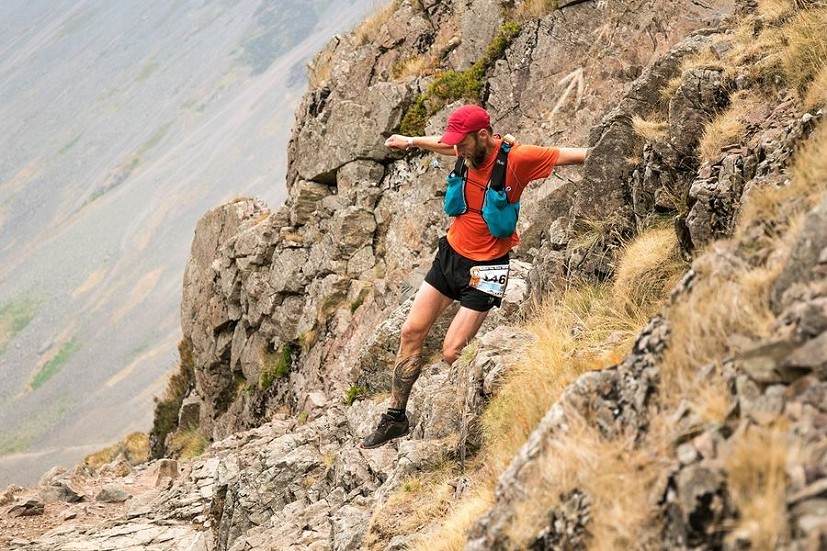
Distance
With the exception of the Vertical Kilometer discipline, skyraces are long distance events (usually 30-70km depending on the category). For your average trail or fell runner, this means you will need to up your mileage. However, it would be very time consuming and hard on the body (increased risk of injury) to run these sorts of distances over the fells in training.
Building technical fell running and scrambling into your training regime will help prepare the body and mind
To combat this, I increased the distance of my long run (in a progressive way) by running principally on undulating and mainly lower-level trails. I tried to make sure that I didn't increase the distance of my long run by more than 10% per week, and built up to a distance of approximately two thirds of the race (never running the full distance prior to the event). With the exception of a few long runs over the fells, most of my training runs in the mountains were of a more intermediate distance, and were focused instead on accumulating ascent and traversing the technical routes that I love in my local area. But it's not all about running. Ultimately, it's more about time on your feet in the fells. Unless you are Kilian Jornet, skyrunning involves a LOT of walking, so it is worth training for that too. Long days in the mountains are great preparation and help contribute towards building a solid base mileage.
Ascent and descent
To feel at home skyrunning you need to get used to 'power hiking' big (very big) climbs and running big descents, over and over again. For this, hill training sessions and strength work are the main weapons in your training armoury. Varying the steepness and length of hill repeats (from short, steep sprints to longer, more undulating hill sessions) improves all areas of your running physiology – strength, speed, efficiency and endurance. Although these workouts feel hard, the advantage is that they don't take long and can bring quick results (think love-hate-relationship!). Building plenty of ascent into your training runs and trying to replicate the kind of steep pulls you might face on race day is also important.

Descending might feel easy aerobically, but it involves a considerable amount of 'braking' against gravity and absorption of excess momentum - even if you have good descending technique. This is strenuous on the quads and lower legs. Practising downhill running helps develop good descending technique and improves efficiently. Practice is especially important if you lack confidence descending rough ground since you can lose a lot of time picking your way slowly down these sections of a race.
If you are already confident, try to avoid having too much fun on the downhills! Skyraces are often ultra-distance events and long descents will leave your legs feeling like jelly if you start bounding down and whooping with delight – think light and efficient steps and know that every calorie of energy you save here, you will wish for twice over later in the race! Finally, never underestimate the value of a good core-strengthening routine. A strong core allows you to maintain good posture and underpins efficient technique throughout long descents.
Be prepared
You need to get used to 'power hiking' big climbs and running big descents, over and over again. For this, hill training sessions and strength work are the main weapons in your training armoury
Don't be a fair-weather runner in your skyrunning training. Come race day the weather conditions might be appalling. If you train in all weathers then you will know that your body can cope with the course even with the added drawback of strong winds or heavy rain. Poor weather can be a significant psychological barrier, and having confidence in the face of a bad forecast can be make-or-break if you're feeling those pre-race nerves.
Finally, as with preparations for any ultra-distance event, use your training sessions to get used to your equipment, clothing and fuelling/hydration strategy. You don't want to be suffering any teething problems with new shoes or energy gels on race day.
Scafell Skyrace - The Experience
The Scafell Skyrace is a 42km foot race over the mountains of the Lake District, from Borrowdale to Ambleside, involving lots of technical terrain and 3000m ascent. This year, the event was also the UK National Team qualifying race for the Skyrunning World Championships 2018.
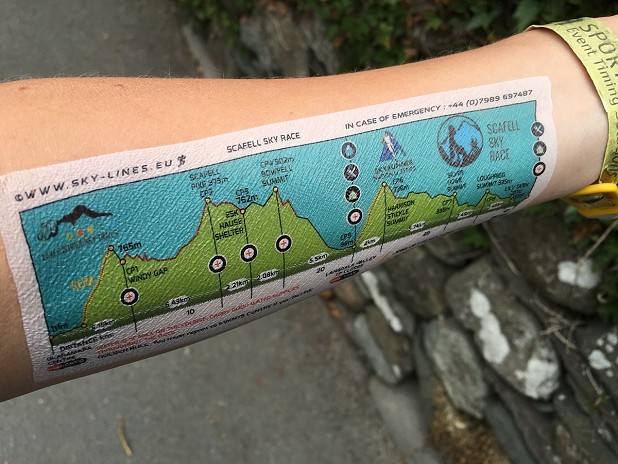
The morning of the race came and it was another warm one. A very warm one. Runners had already been warned that almost all the becks on the course had run dry during the heatwave, and water would be scarce on route. I had already decided to pack plenty of food and stuck in an extra bottle of water at the last minute (in addition to my usual 2 x 500ml flasks). But I still didn't feel ready on the start line and I was unsure whether my training would see me through. I watched the professional and uber-fit looking runners stretching and warming up, and wondered whether I should be copying what they were doing! Competitors in the starting 'pen' included skyrunners from Australia, Belgium, Brazil, Canada, France, Greece, Ireland, Malaysia, New Zealand, Netherlands, Norway, Portugal, Romania, USA and Britain. So I kept telling myself to start slow and aim to just 'get round'. It would be a great achievement simply to finish…
And we were OFF! By the time we passed the Sourmilk Ghyll waterfalls I had deliberately dropped almost to the back of the field. I ascended slowly and felt really comfortable, so I sat back and settled in for the long haul. I tried to keep to 'my normal hill running pace' rather than any kind of 'race pace', but gradually I started to overtake runners. When I reached the summit of Green Gable it took all my self control not to 'let go' and race the scree descent down from Windy Gap (I LOVE scree running, but had made this mistake once before). I tried to conserve as much energy as I could, and was really enjoying the terrain. This first descent led into a technical but sustained single track traverse which felt like an exposed obstacle course, cutting into the flank of Great Gable. I was too enthralled to even notice the famous Napes Needle as I passed by!
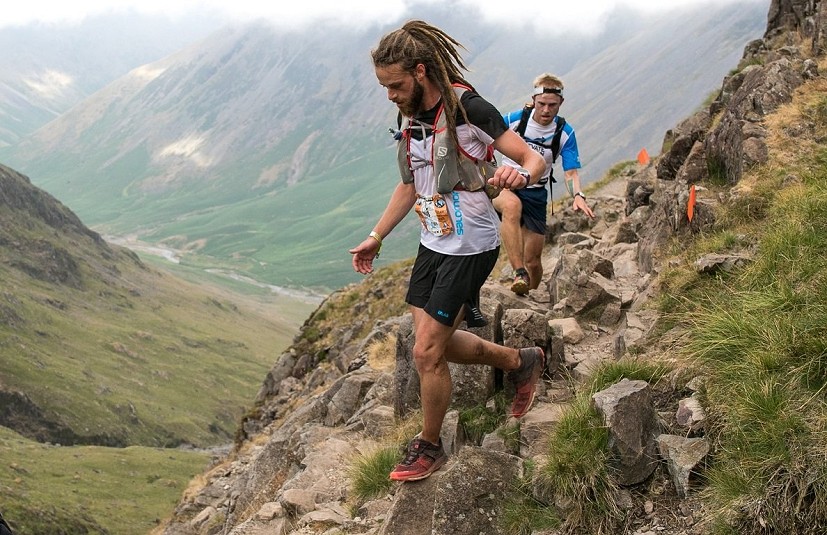
Before long I had started the gradual but long ascent of Corridor Route up Scafell Pike, England's highest mountain. The visibility was now poor but temperatures were still high. So I stuck to my plan for taking on water and ingesting a gel every 2hrs - I was also piling in the babybels and mini Peperamis, a personal favourite. The result was that my legs (quite unexpectedly) felt great. It was really thrilling to be running alongside people of all nationalities. I struck up conversation with many other competitors, who were all interesting and friendly, and this helped me get through the biggest climb of the day. From the summit checkpoint the running was magic – blocky rough ground and boulder-hopping galore.
Just when I thought the terrain couldn't get any better, we reached the top of The Great Slab. I was impressed to find this dramatic feature on the race route.
On the ascent up Bowfell (to checkpoint 4), the visibility was so poor that runners sometimes struggled to pick out the next red flag. Despite being an experienced navigator, I enjoyed not having to think about finding the way and focused instead on running 'my race', rather than trying to catch the person in front of me. Just when I thought the terrain couldn't get any better, we reached the top of The Great Slab. Although running down this giant slab of rock didn't phase me as such, I was impressed to find this dramatic feature on the race route. In wet weather this section would be a whole different ball game. It was a brilliant feeling though, running down a rock face! A sharp turn onto the Climber's Traverse brought runners out at the top of The Band, a fantastic runnable ridge with easy trail all the way down to Langdale. I had a stupid big grin plastered all over my face as I descended this section (again trying my hardest to hold back and keep something in reserve for the next big climb).
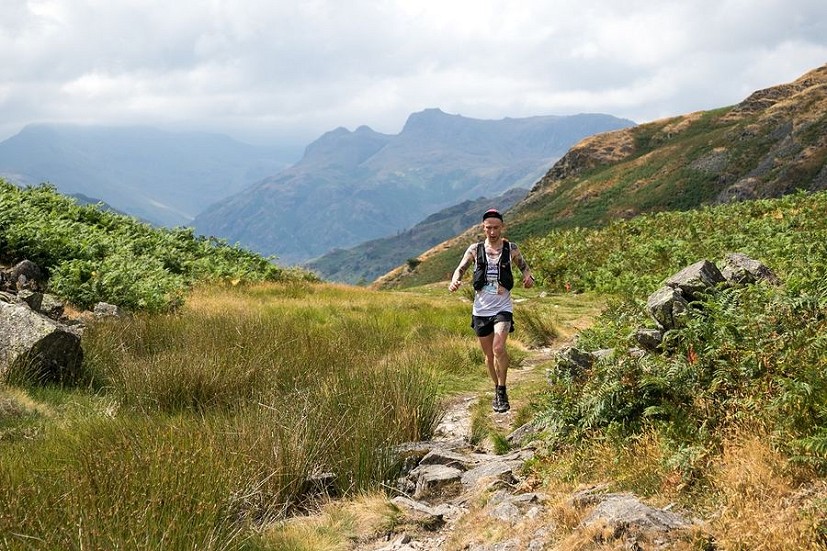
I have to admit that at this point a devious little thought crept into my mind; "I feel great! This is going well and I'm going to have loads of energy left for the second half." NOT THE CASE. No less than 10 minutes later I was dead on my feet. Just 2.5km of tarmac and undulating public footpath in the sweltering temperatures of the valley and I was done in. Wobbling into the refuelling station at Stickle Barn, I managed only a tiny piece of flapjack and two new potatoes! I couldn't stomach my meal 'pouch', which I had carried all the way to this point. Gallons of flat coke later and I was on the climb up to the summit of Harrison Stickle (CP6). I was basically a zombie, struggling to put one foot in front of the other and wondering how I had managed to be back in this situation, despite my training and preparation. Gradually other runners overtook me, and my confidence started to evaporate. I felt quite miserable as I passed below Pavey Ark and embarked upon the more 'runnable' half of this course (the northern side of Great Langdale, over Silver Howe and Loughrigg fell, then descending into Ambleside to finish).
Gradually the nausea started to subside and I was able to take a caffeine gel. This turned out to be a real game changer. In just a few minutes I felt right as rain and had settled back into a comfortable running pace through Wordsworth's country. I was thrilled that I had found the boost I needed to get back running and could feel my optimism building. Originally I was dreading this half of the race, but actually it was really pleasant and totally stunning in the sunny (though far too hot) weather. From the summit of Silver Howe, I started to up my pace in anticipation of the finish - maybe a touch early as it turns out, because Loughrigg Fell is a real sting-in-the-tail, despite being a climb of only 150m. A surprise water station at the road was just what I needed to keep me ticking along to the finish line, all the time slowly creeping up the field.
The SRR ended at the University of Cumbria campus in Ambleside, but in a cruel twist the finish line was at the top of two steep flights of stone steps! I started powering up the first flight in a vague attempt at a 'sprint finish' but stalled on the second, as my poor legs refused to share in my enthusiasm, despite the applause.
I was completely surprised and thrilled in equal measure to come 6th female (49th overall), in a race of 196 runners, where nearly a quarter of competitors failed to finish the race.
The Scafell Skyrace was won by Jonathan Albon (2017 Skyrunning World Series winner) in a time of 4:26:50. His wife, Henriette Albon won in the women's race in 5:59:27. Tom Evans was second overall in 4:39:57 and Sebastian Batchelor third in 4:59:50. Sally Fawcett placed second female (6:26:16), with Catherine Slater coming in third (6:47:48).
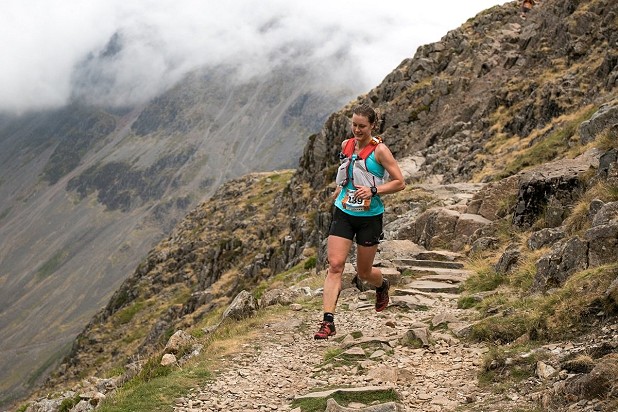
*In countries (such as the UK) where the altitude does not reach 2000m, the courses should have a minimum average 6% incline over the total distance and reach the highest points. A 5% tolerance is admitted by the ISF.
About Keri
Keri Wallace is an experienced fell runner and a fell/trail running guide with Girls on Hills in Glencoe. She is also a keen rock climber and member of the Glencoe Mountain Rescue Team. She is a qualified summer mountain leader and climbing instructor, with Fell/Trail Leadership in Running Fitness (FLiRF) accreditation from the Fell Running Association (FRA).
- INTERVIEW: Anna Wells on the Winter Munro Round 25 Mar
- Top Tips: Camping With Kids 12 Jun, 2023
- REVIEW: Book Review: Voices From the Hills 19 May, 2023
- My Move to the Mountains: Life in Lochaber 16 Mar, 2023
- Hut to Hut in the Tyrol - A Family Adventure 30 Aug, 2022
- INTERVIEW: Nicky Spinks on the Lake District 24 Hour Record 9 Sep, 2021
- On the Ramsay Round with the Black Trail Runners 19 Aug, 2021
- INTERVIEW: In pursuit of purity: going solo on the Winter Bob Graham Round 25 Feb, 2021
- Desert Island Peaks: Keri Wallace 18 Jan, 2021
- Walk Before You Run - winter skills for hill runners 21 Dec, 2020

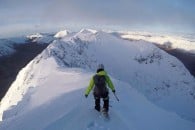

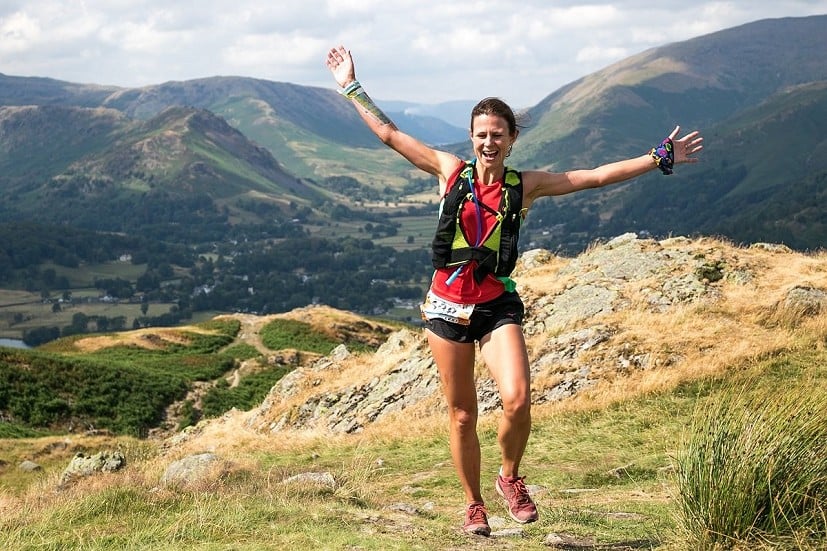



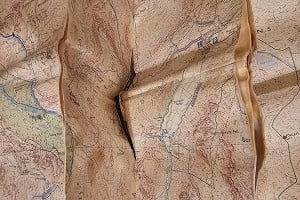
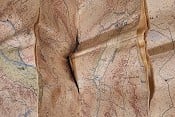
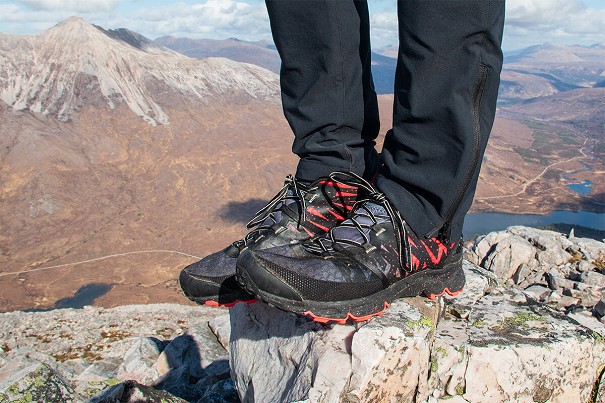
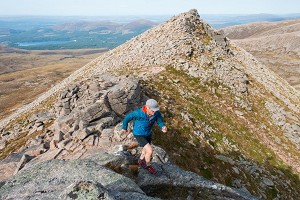
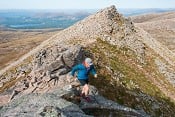
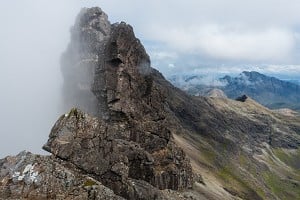
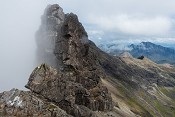
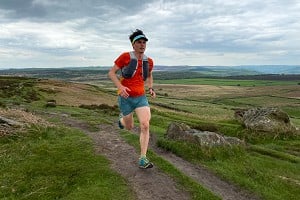
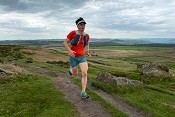
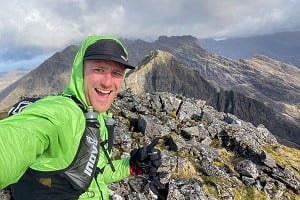
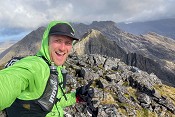
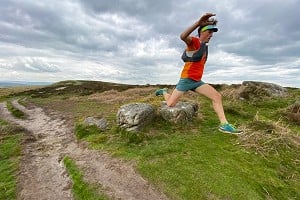
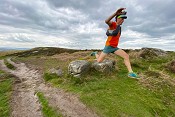
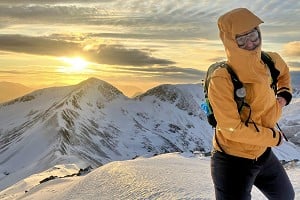
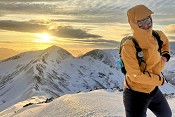
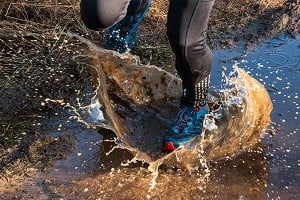
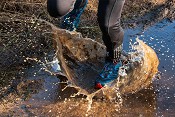

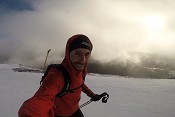
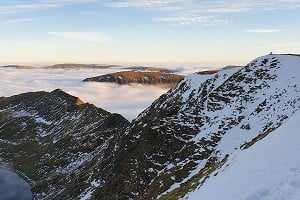
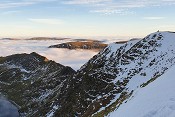

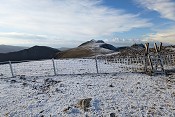




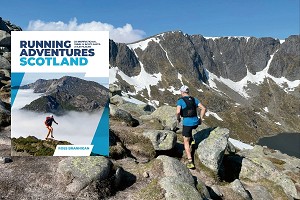



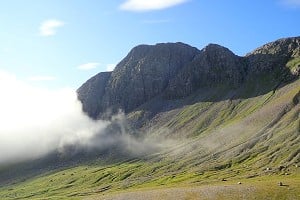
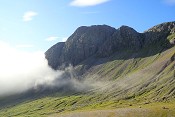
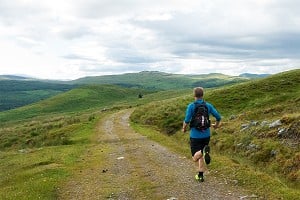
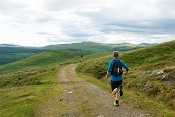
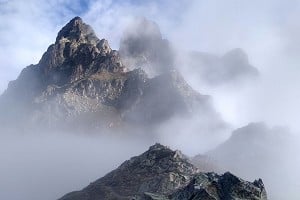
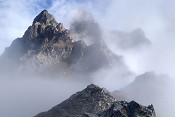

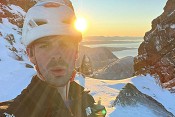
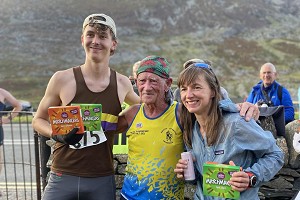
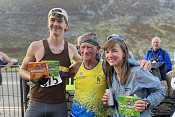
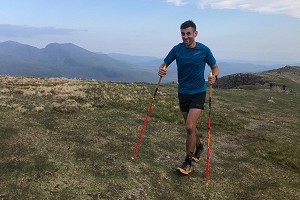
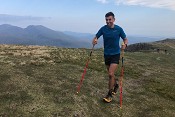
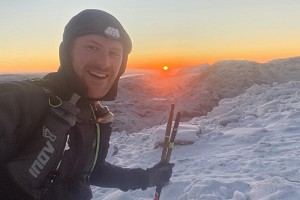
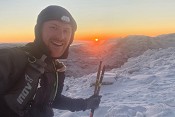
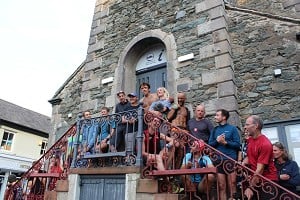
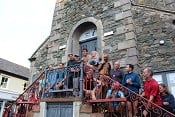


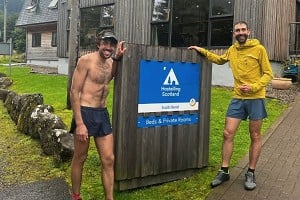
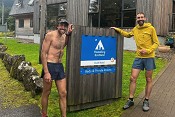
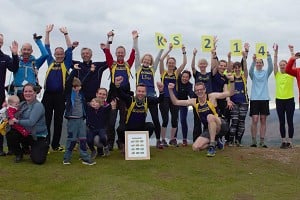
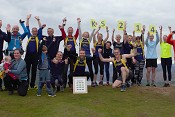
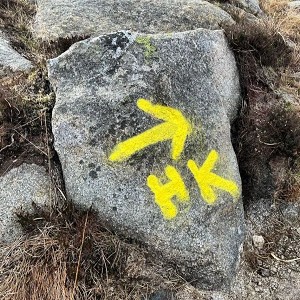
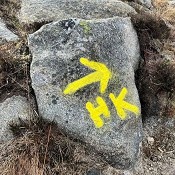

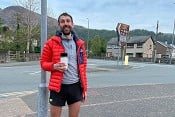
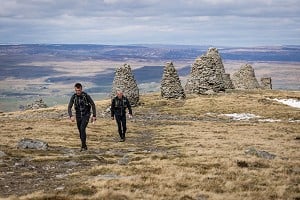
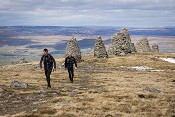
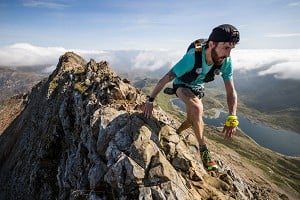
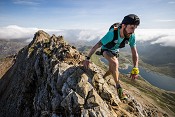

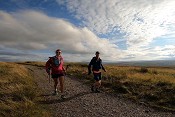
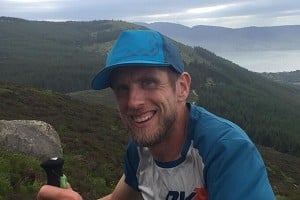
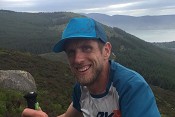
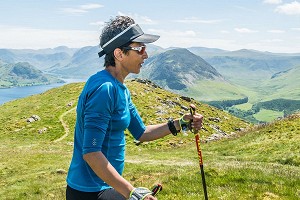
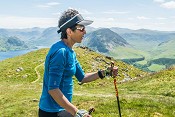
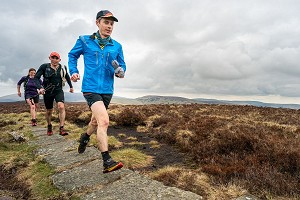
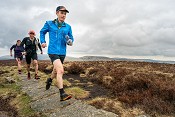
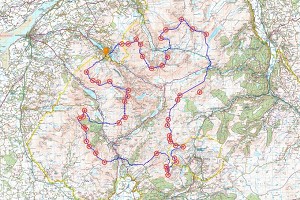
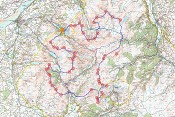

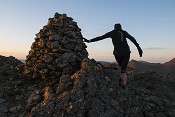
Comments